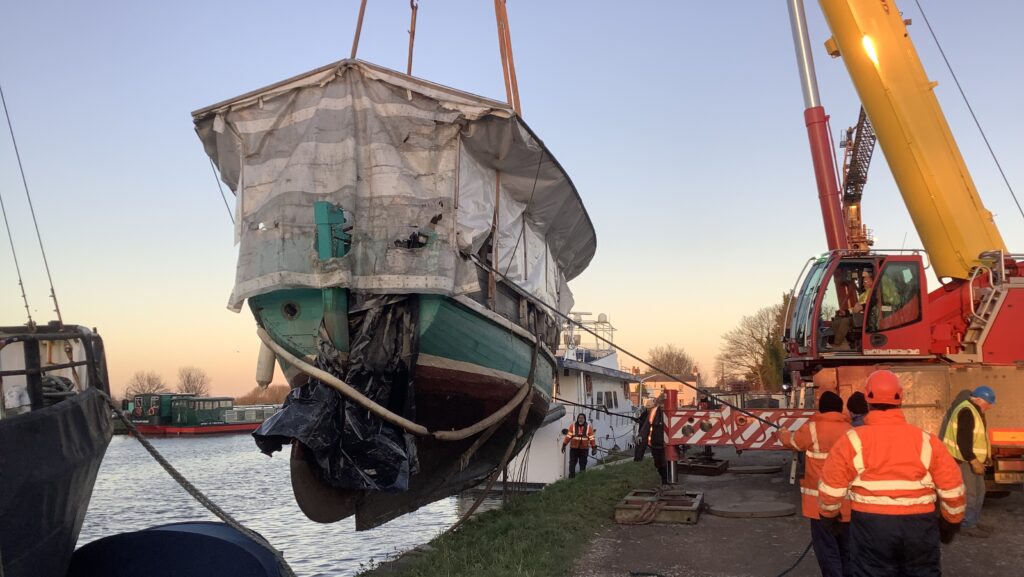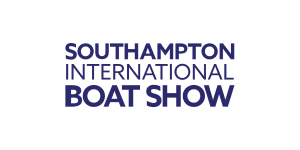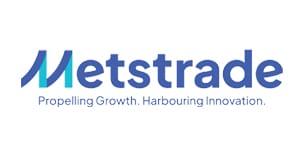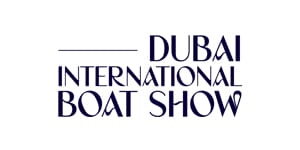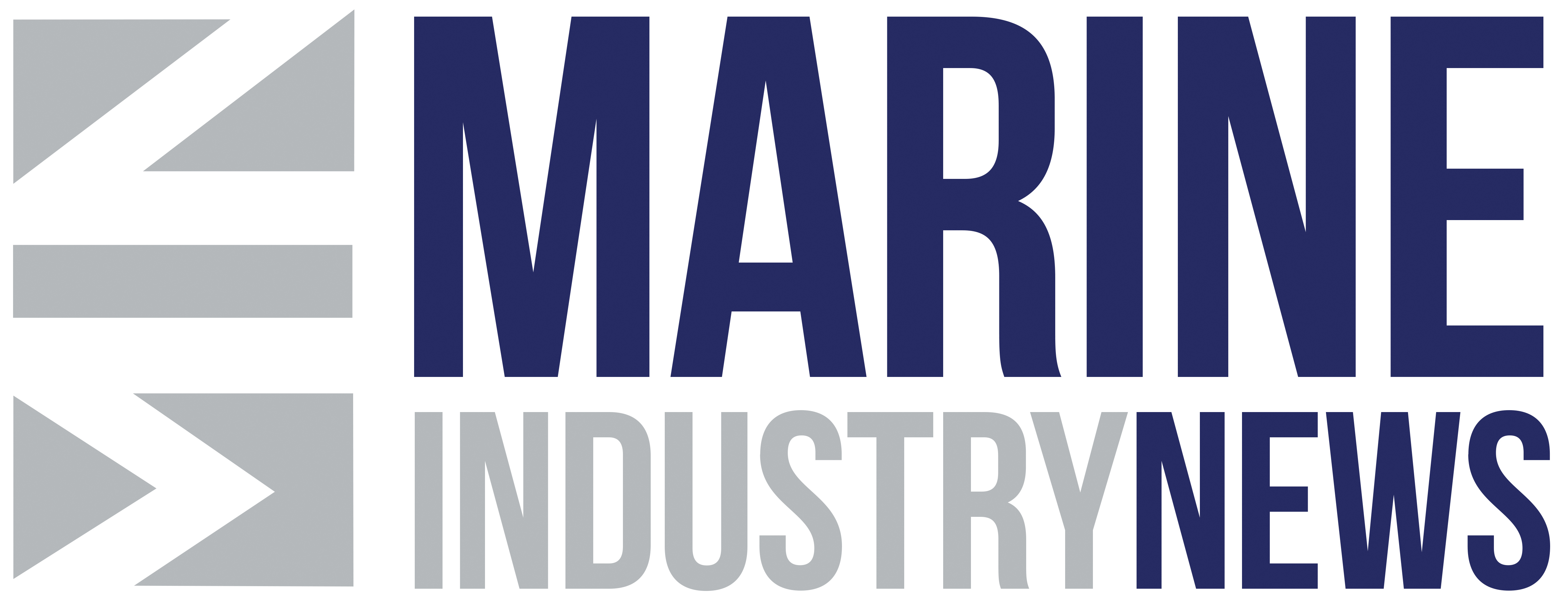Boat numbers – and unlicensed boats – increase on inland waterways
 Image – for illustrative purposes only – courtesy of Canal and River Trust
Image – for illustrative purposes only – courtesy of Canal and River Trust
The Canal & River Trust’s National Boat Count, which takes place across the charity’s waterways each year, has seen a 1.5 per cent increase in boat numbers. But, with that comes an increase in unlicensed boats, with evasion standing at 9.9 per cent . . . up by over 1.5 per cent since 2024. And while that percentage increase might come over as a minuscule, it now looks like around 3,000 end-users are getting away without paying dues.
Following the creation of a new national licence, compliance and enforcement team last September, the trust pledged to address unlicensed boats faster. It uses the income from licensing to help fund lock repairs, provide boater facilities, and maintain canals for navigation.
A restructured team is looking at streamlining case management and improving customer communication. Boaters are reminded about shortly-lapsing Boat Safety Certificates (lapses commonly cause boats to become unlicensed and fall into the enforcement process).
With the difficult economic climate felt to be an increasing contributor to boats becoming unlicensed, the trust’s welfare support has been strengthened, with boaters in need signposted to financial assistance for support with licence payments, such as Universal Credit.
The effectiveness of this new approach has been born out in London, which saw a reduction in licence evasion, from 17.9 to 15.5 per cent, for the first time since 2018.
“We’re seeing the harsh realities of the cost-of-living crisis play out on the waterways,” says Alex Hennessey, national boating manager at Canal & River Trust. “More people have turned to life afloat or are taking to continuously cruising but, for some, the financial and practical challenges of boating are proving difficult to manage.
“We’re doing everything we can to support boaters who are struggling, and we urge people to talk to us early. Our welfare and customer support teams are helping people navigate complex situations, whether that’s applying for benefits, getting boats safety certified, or simply staying compliant.
“As a charity we rely on income from boat licences to help fund the essential work needed to keep the canal network open and safe. While we help those who need assistance, where someone simply chooses not to license their boat, we’ll be doubling down and taking enforcement action.”
Nationally, 33,080 boats were recorded on the trust’s enforceable waters (the count is carried out by the trust’s towpath teams). The most populous regions, London & South East and the West Midlands, saw increases of 3.5 and 3.6 per cent in boat numbers respectively.
Numbers of boats without home moorings increased by 11.9 per cent (to 8,519 boats), while boats with home moorings declined by 1.8 per cent (to 23,889 boats). Approximately 92 per cent of boats with home moorings are licensed compared to 84 per cent of boats without. In the last financial year, 101 abandoned and/or unlicensed boats were removed from the network.

